Traffic control devices are tools placed along roadways to manage and direct the flow of traffic. These devices communicate specific rules, warnings, and guidance to drivers, pedestrians, and other road users. The purpose of these devices is to ensure the safe and orderly movement of traffic. They reduce confusion on the road and help prevent accidents by establishing uniform practices.
. They communicate direction, distance, and destination information to drivers in a manner that supports timely and safe decision-making. The process of determining what appears on a guide sign involves careful consideration of clarity, prioritization, and standardization. Traffic engineers apply established principles, technical guidance, and contextual awareness to ensure that each sign communicates effectively within the broader traffic system.
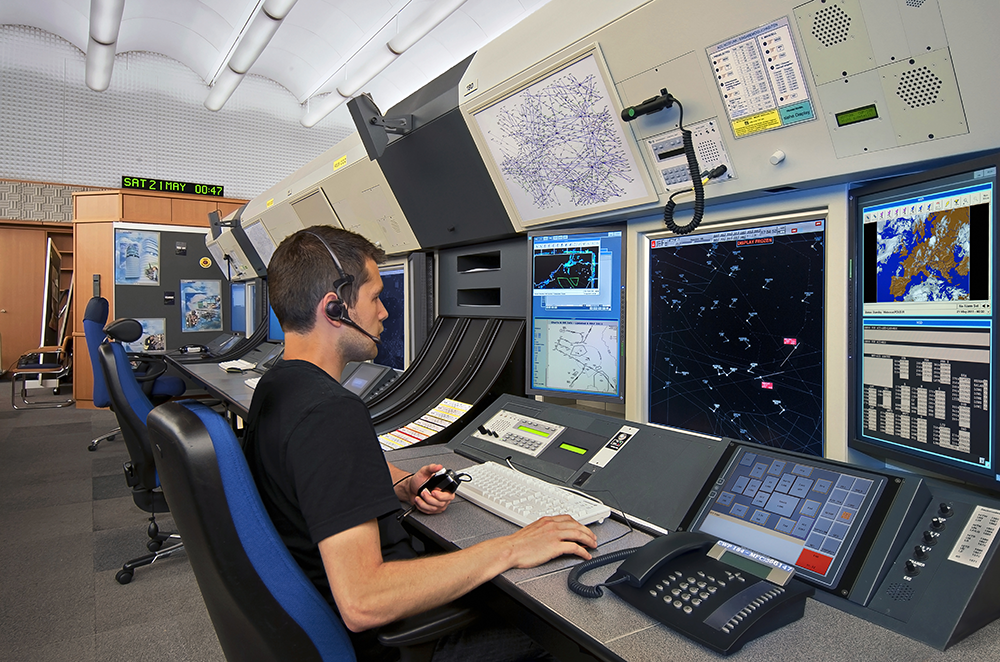
Traffic control devices include a variety of signs, signals, and markings. Each type serves a different function in managing roadway activity.
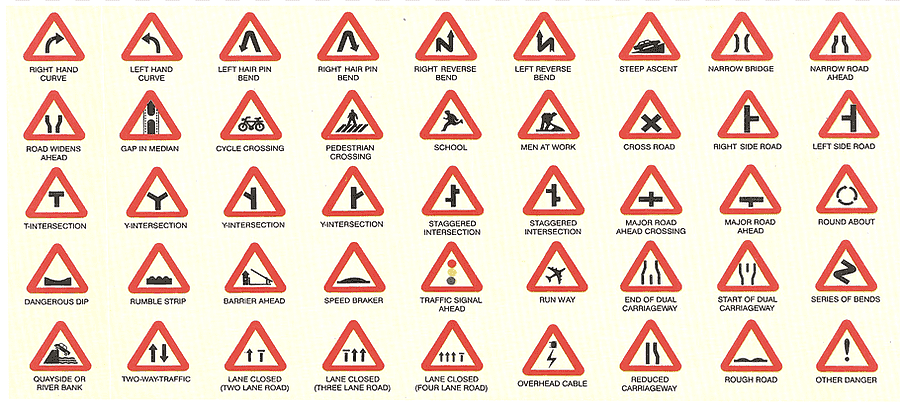

Traffic signals use colored lights to control vehicle and pedestrian movement at intersections. The most common signals include red, yellow, and green lights. Some traffic signals also include turn arrows or pedestrian indicators. These signals help control traffic flow and reduce the likelihood of collisions in high-traffic areas.
Road markings are lines, symbols, and patterns applied to the pavement. These markings indicate lanes, turning paths, pedestrian crossings, and no-passing zones. Road markings work in combination with signs and signals to reinforce messages and define vehicle positioning on the roadway.
Uniformity in traffic control devices supports safety and efficiency. When devices look and function the same across different locations, drivers can anticipate how to respond. This reduces hesitation and improves compliance with traffic laws.
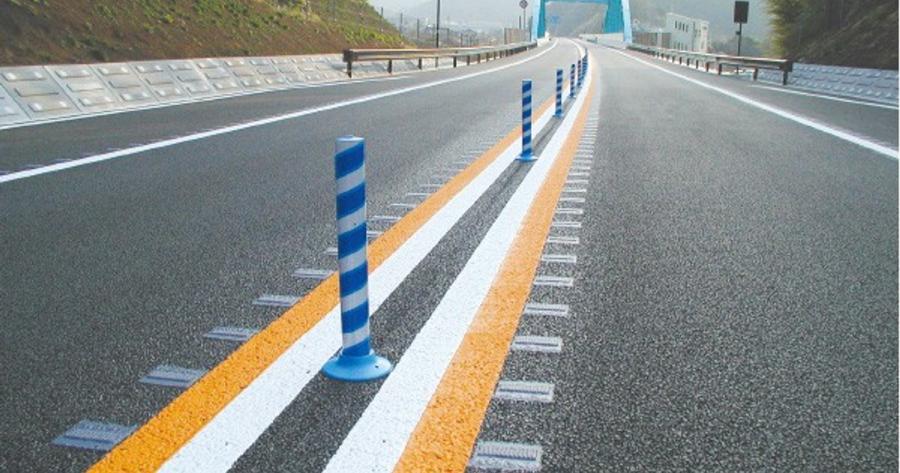
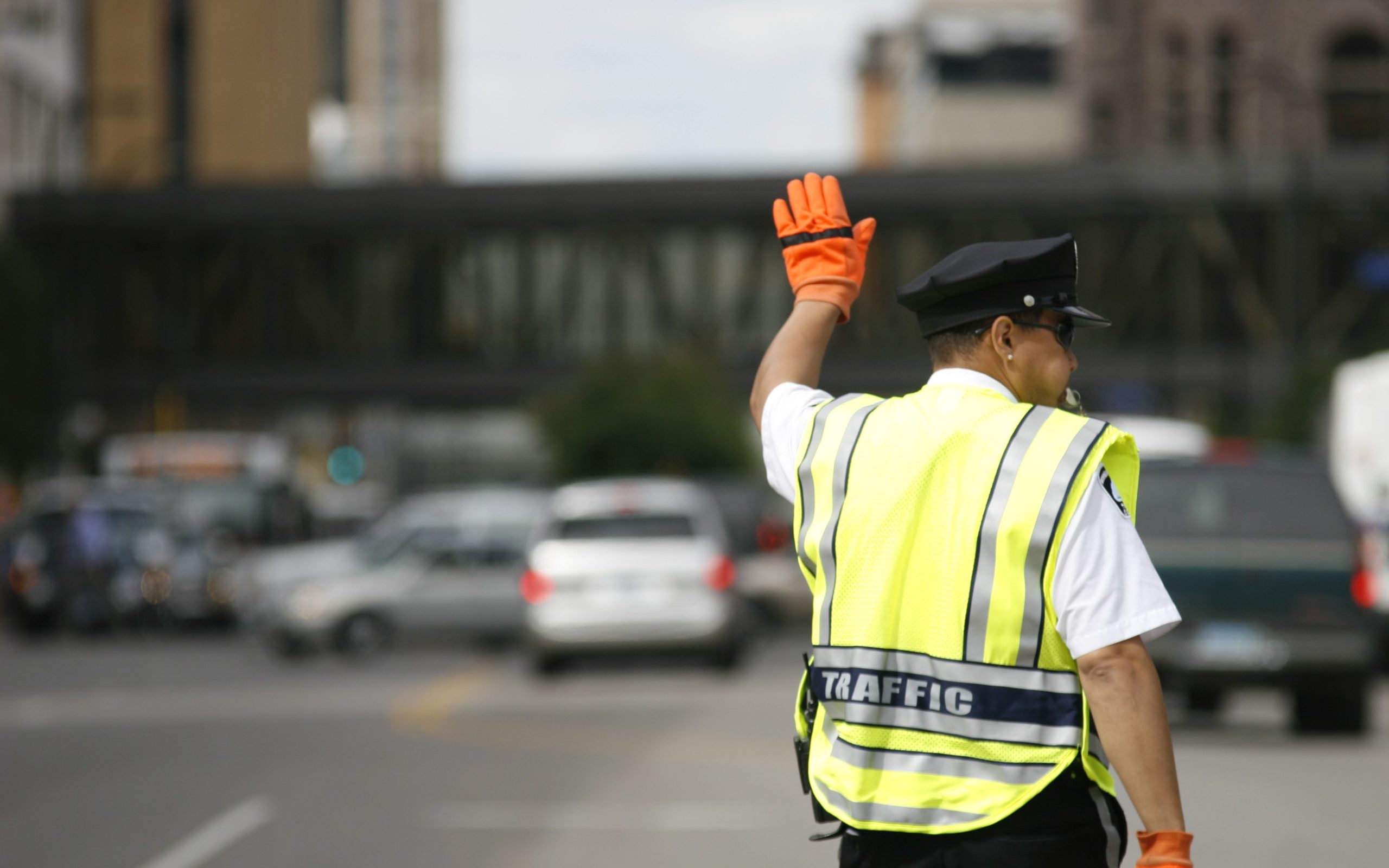
Smart signals are another development. These traffic signals use sensors to detect traffic flow and adjust signal timing in real time. This reduces congestion and minimizes wait times at intersections. Smart signals are often integrated with traffic management systems to coordinate traffic patterns across a network of roads.
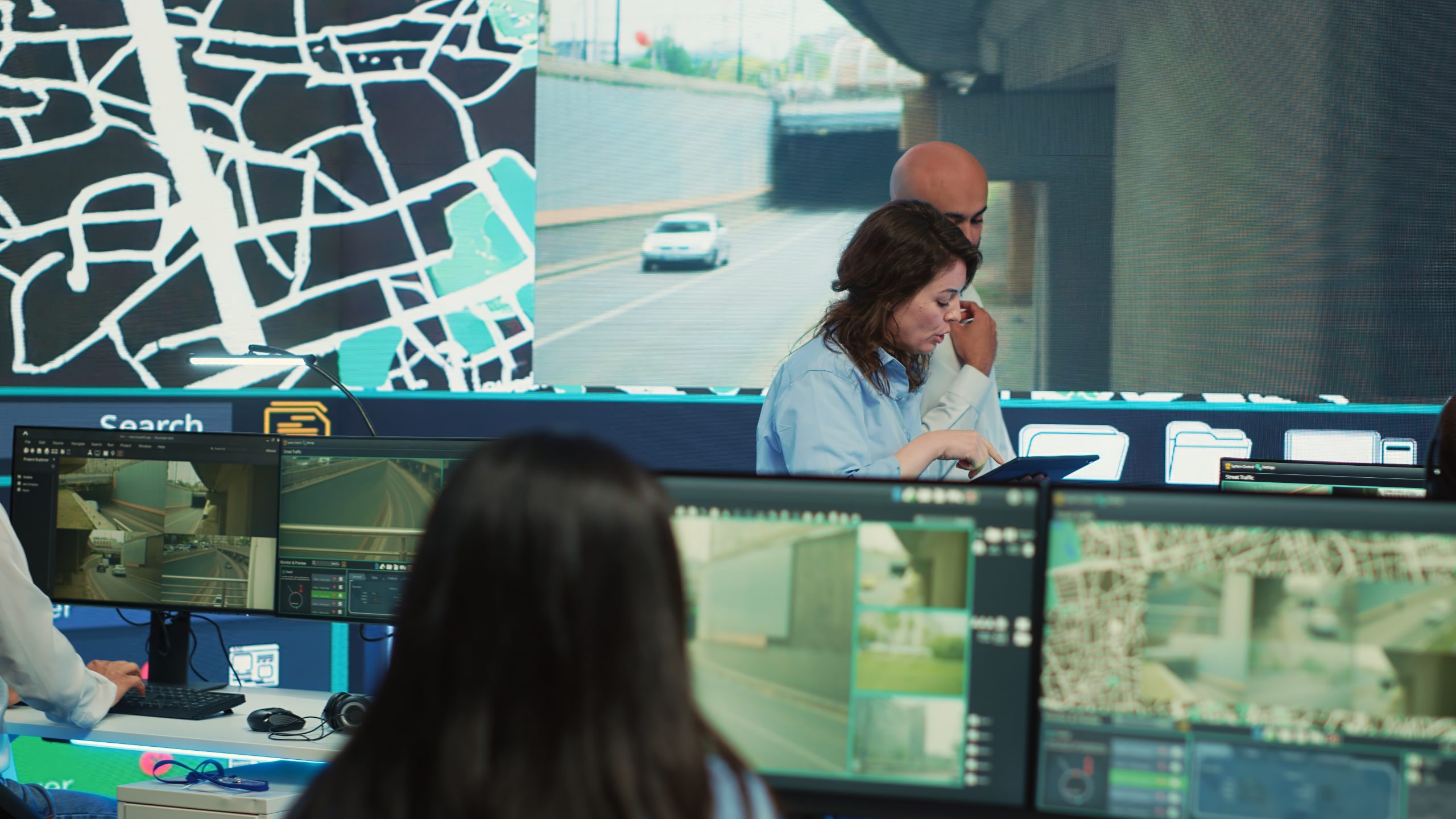
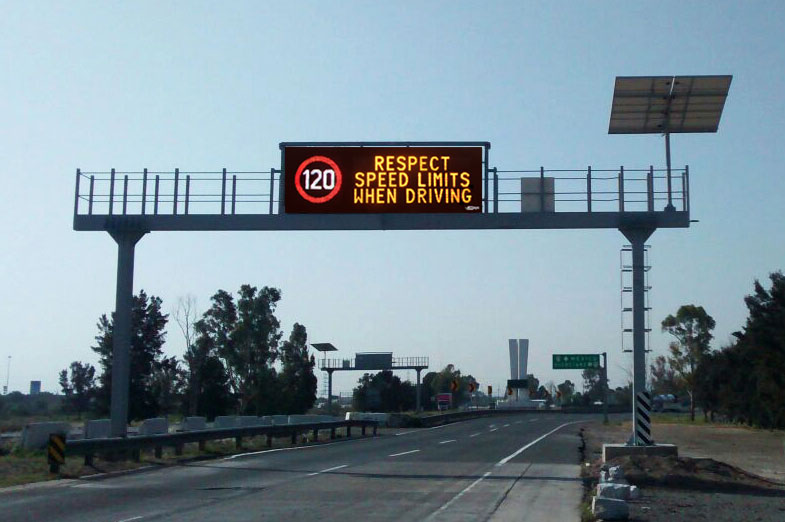
Variable message signs are used on highways to provide real-time updates about traffic conditions, accidents, or road closures. These signs can be updated remotely to reflect changing conditions.
Maintaining traffic control devices presents ongoing challenges for transportation departments. Devices are exposed to weather, vehicle impacts, and vandalism. Over time, signs fade, signals malfunction, and road markings wear away.

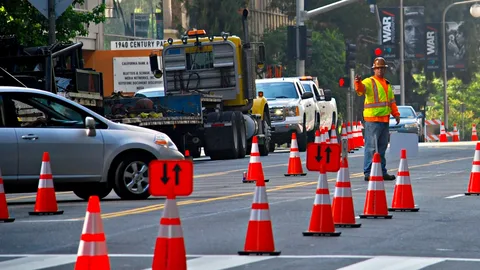
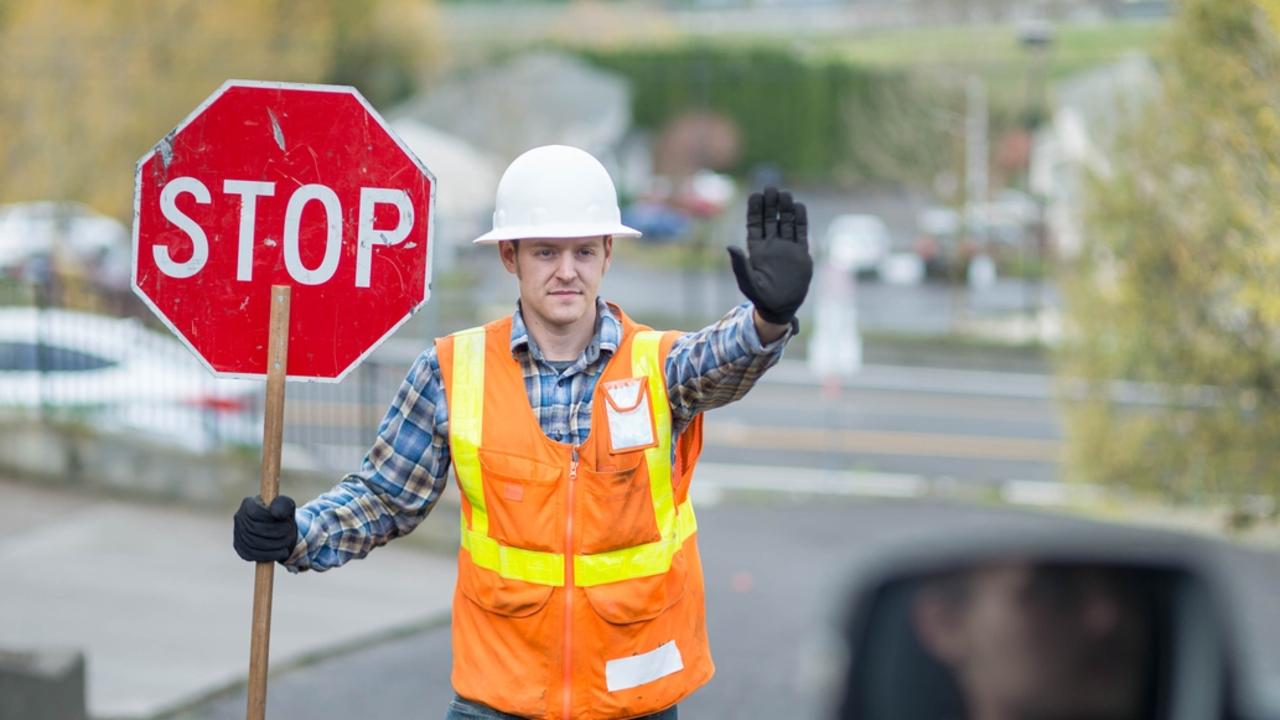
I provide attorneys and insurance adjusters in Mesa, AZ with the technical expertise they need in cases involving traffic accidents, roadway design, and traffic control.